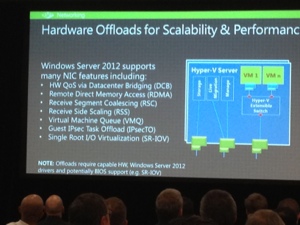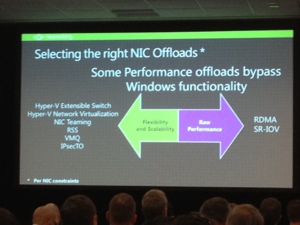Architecting a private cloud presents many complex design decisions and technology tradeoffs. These decisions touch areas such as network topologies, storage architecture selection, performance, reliability, security, dynamic virtual machine deployment, and interoperability with existing architecture. This talk presents a few canonical architectures that highlight interesting design decisions of a private cloud that are new in Windows Server 2012.
Presented by Michael Pascoe
Disclaimer: These are conference session notes I compiled during various sessions at Microsoft Tech Ed 2012, September 11-14, 2012. The majority of the content comprises notes taken from the presentation slides accompanied, occasionally, by my own narration. Some of the content may be free hand style. Enjoy… Rob
Introduction
How Server 2012 can be designed for the private cloud. A look at some of the networking, storage and resiliency options.
This is not just about Hyper-V, but also includes management options. Lastly, a look at specific scenarios.
Server 2012 goals? Multi-tenant capable, scale and lower cost (automation & extensibility).
How is this achieved? Network virtualisation underpinned by full PowerShell support.
Falls into the following categories: compute, networking and storage. Examples: storing to SMB, thin provisioning.
Four categories to determine design: work loads, networking, storage and resiliency.




